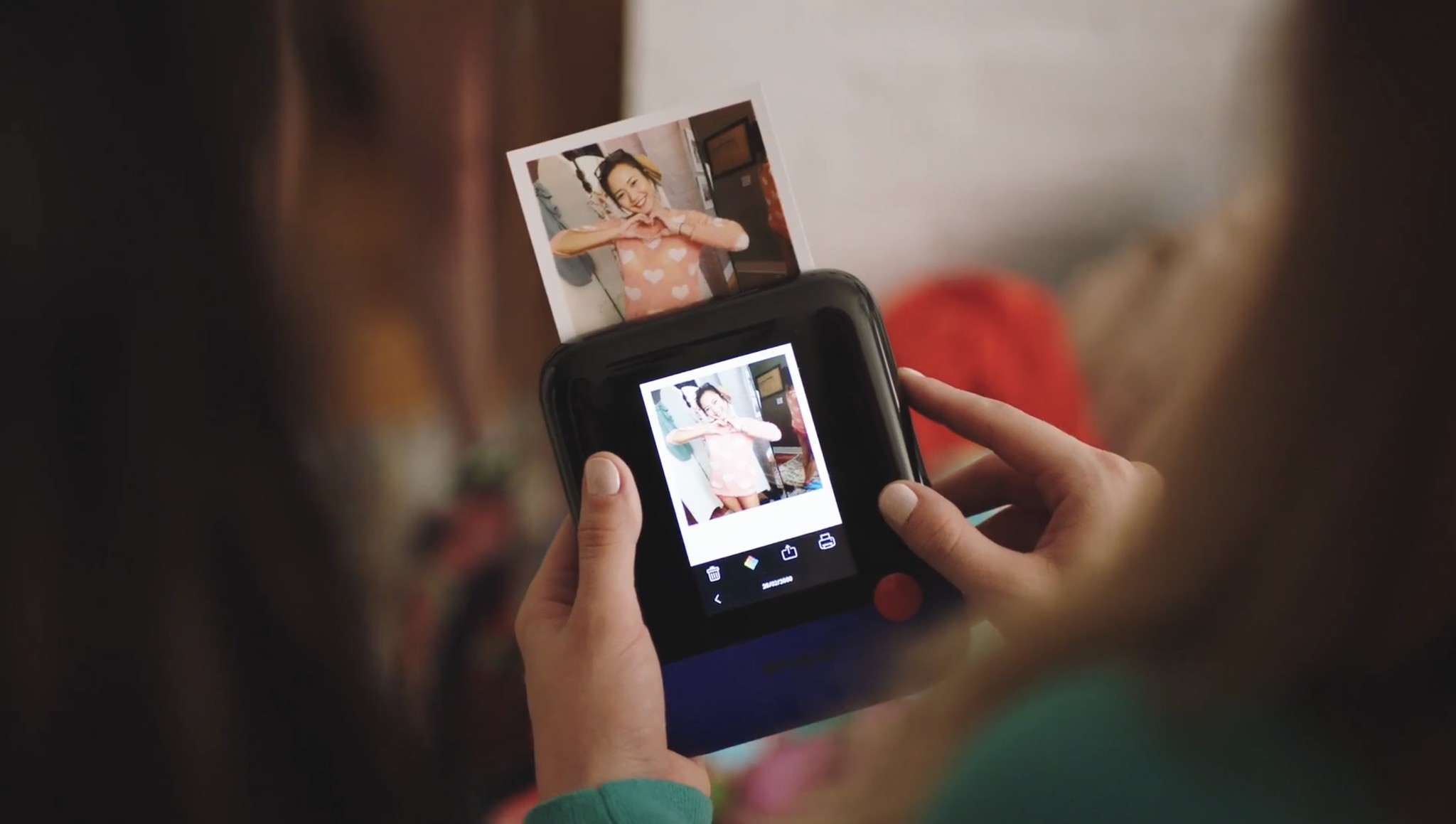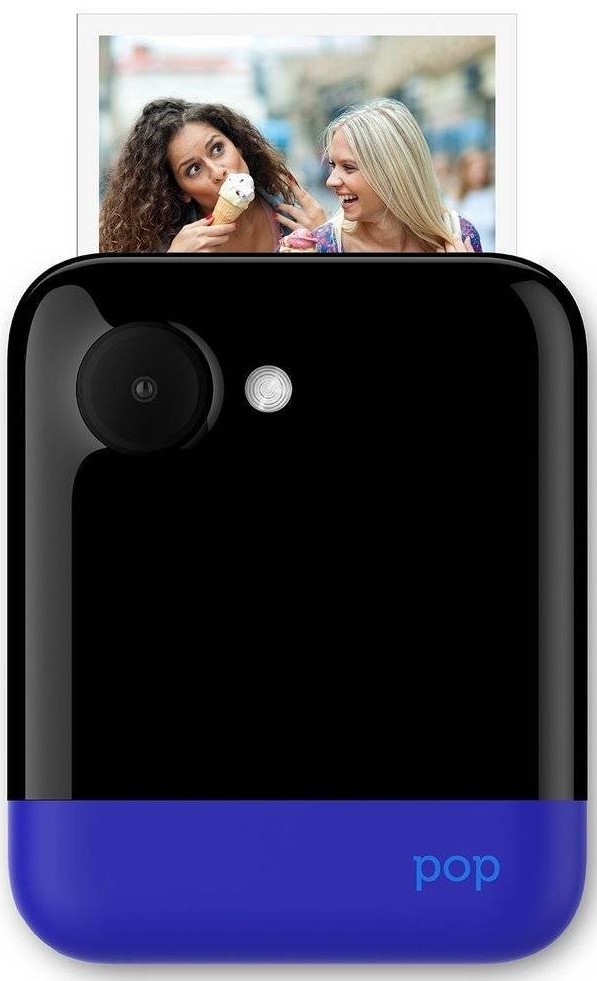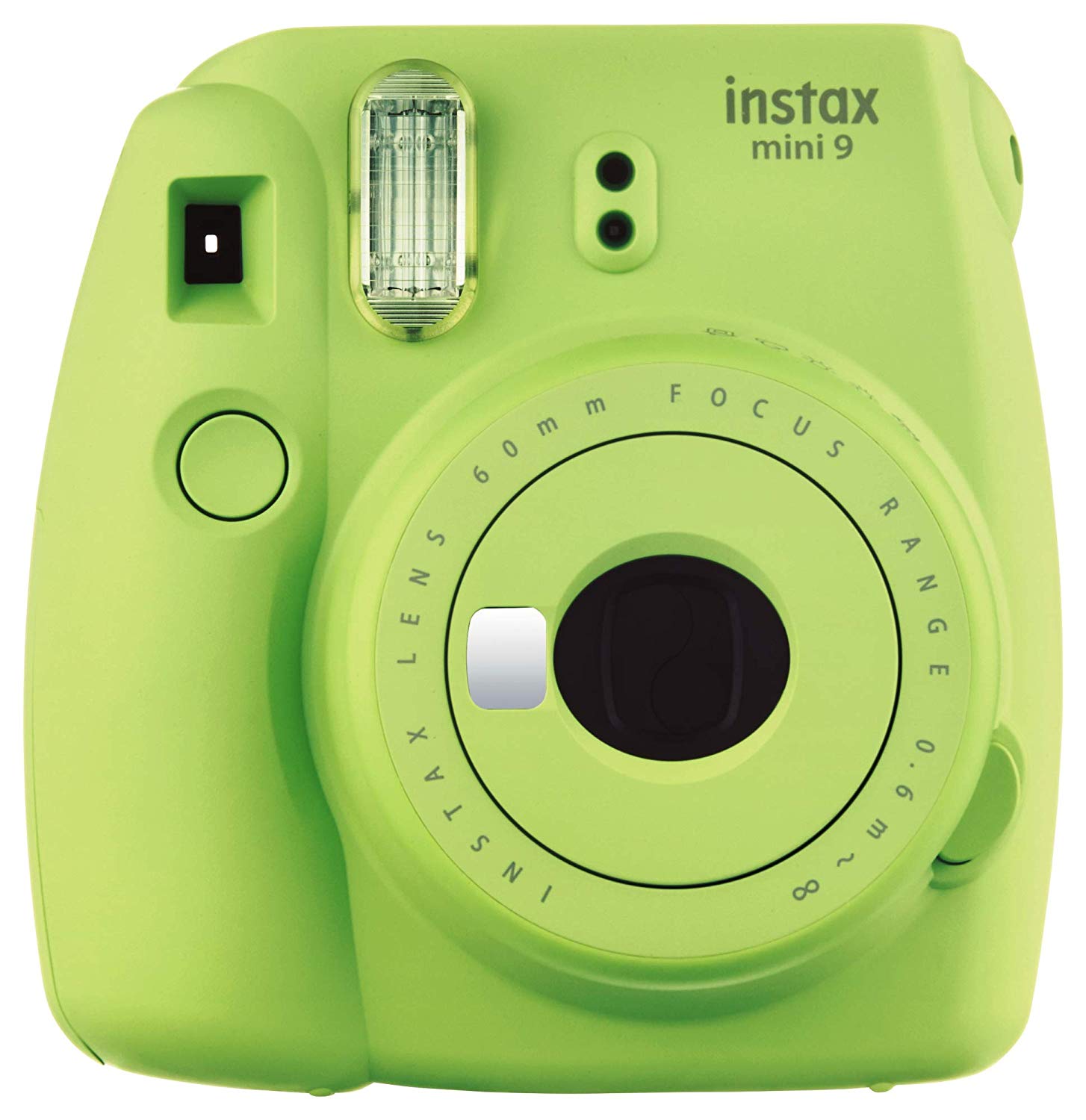Polaroid Pop vs Fujifilm Instax Mini 9: Which should you buy?


Go big or go home
The Polaroid Pop is a fresh and modern take on the retro instant camera. It takes high-quality digital photos thanks to the 20MP sensor and seven different white balance options, and is even capable of 1080p/720p HD video, with everything stored on an optional microSD. The large touchscreen helps you see what you're capturing, and you can make edits to photos right away, even being selective about what to print so you don't waste paper. Just don't expect super high-quality prints from it.
Pros
- 20MP sensor, 1080p/720p HD video recording
- Big prints on 3.5-by-4.25-inch Zink paper
- Capable of using microSD up to 128GB
- Has flash and timer
- Rechargeable battery that lasts up to 50 prints
Cons
- Glossy plastic on prints gets scuffed easily
- Prints are slow and appear low resolution
- The paper has no sticky-back option
- Expensive

A charming hobby
Fujifilm Instax Mini 9 is a popular budget instant camera for good reason. It lets you shoot in various scenes to help you get the best lighting for the image, and the print comes out quickly, letting you see it develop right before your very eyes. The only real downside is the fact that there's no way to keep digital copies of your snapshots, and of course, no video recording.
Pros
- Very affordable
- Multiple scene options to get best lighting
- Has counter for remaining photo sheets
- Features selfie mirror
- Prints come out fast
Cons
- Somewhat bulky
- No digital copies or video recording
- No timer
- Prints are smaller
If you want an instant camera that is also capable of digital photos and HD video recording, and you don't mind paying more for it, then the Polaroid Pop is what you should be going for. But for those who just want a fun little instant camera to help capture memories like the good old days, then the Fujifilm Instax Mini 9 is a good option, and it's super budget friendly.
Let's break it down
While both the Polaroid Pop and Fujifilm Instax Mini 9 are modernized instant cameras, they're both quite different. The one you should get really depends on what you're looking for and what your budget is.
| Header Cell - Column 0 | Polaroid Pop | Fujifilm Instax Mini 9 |
|---|---|---|
| Cost | $200 | $50 |
| Dimensions | 6 x 4 x 1 in | 3 x 5 x 5.5 in |
| Design | Bulky, thick, rounded square | Traditional camera |
| Power | Rechargeable via microUSB, lasts up to 50 prints (35-40 in real-world usage) | AA batteries |
| Connects to phone | Yes via Wi-Fi | No |
| Compatible phone app | Yes | No |
| Digital copies | Yes (microSD up to 128GB) | No |
| Video recording | Yes, 1080p/720p HD | No |
| Touch screen | Yes | No |
| Built-in photo editing | Yes | No |
| Flash | Yes | Yes, depending on shooting mode |
| Self-timer | Yes | No |
| Manual lighting adjustments | Yes | Yes |
| Selfie mirror | No | Yes |
| Close-up shots | Yes, digital zoom | Yes with optional lens attachment |
| Prints | Polaroid 3.5x4.25" inch Premium ZINK paper | Fujifilm Instax Mini Instant Film |
The benefits you'll get with the Polaroid Pop are the 20MP sensor and the ability to record 1080p/720p HD video with the built-in microphone and speaker. And since you can keep digital copies of everything on a microSD card up to 128GB, all of your memories will get backed up. You can even review each photo before printing them out, so not a sheet of paper is wasted.
Plus, the Pop's touchscreen makes it easy to see what the camera sees, zoom in and out, and even make edits on the fly. The photo editing tools built into the camera include the basics, and you can add fun effects, stickers, and even draw. Polaroid Pop also connects to your smartphone via Wi-Fi through the companion app, so you can send photos from your device to the Pop to edit and print.
If we need to go with one, the better buy is clearly the Polaroid Pop, just because it can do so much more.
The only drawbacks with the Polaroid Pop are that the prints are kind of low resolution, and there is no option for sticky-backed Zink paper in that size. And that glossy black plastic, as pretty as it is, definitely attracts scuffs and fingerprints like no other.
Meanwhile, the Fujifilm Instax Mini 9 is a great budget instant camera for those who just want to take photos and print them out right away. The camera body itself is pretty light and durable, plus the plastic isn't shiny, so you don't have to worry about fingerprints or scratches. The several scene options are nice, too, and let you change the amount of light coming through for the photo. Prints also come out quickly, though you need to wait a few moments for the print to actually develop. It also uses AA batteries, which you could use rechargeable ones for, and will last a while before you need to pop in a fresh new set.
The main drawbacks of the Instax Mini 9 are that it can't have digital copies, doesn't do video, and the prints are pretty small compared to the Pop. However, with the low price, the Fujifilm Instax Mini 9 is great for someone who just wants to start with instant cameras.
iMore offers spot-on advice and guidance from our team of experts, with decades of Apple device experience to lean on. Learn more with iMore!
If we need to go with one, the better buy is clearly the Polaroid Pop, even with the high price, just because it can do so much more. But if you just want a basic instant camera for fun, then the Fujifilm Instax Mini 9 is not bad at all.

Do everything
Polaroid Pop is a workhorse of an instant camera. You get 20MP, 1080p/720p HD video recording, built-in photo editing tools on the touch screen, and even selective printing, so no sheet is wasted. With the option to connect your smartphone through the companion app, the Polaroid Pop is a complete all-in-one solution.

Great entry point
The Fujifilm Instax Mini 9 is a great starting point for instant cameras. It shoots in multiple scenes for the best lighting, has a selfie mirror and auto flash when needed, and prints come out quickly so you can move on to the next shot while waiting for the photo to develop. It's also super affordable and great for beginners.

Christine Romero-Chan was formerly a Senior Editor for iMore. She has been writing about technology, specifically Apple, for over a decade at a variety of websites. She is currently part of the Digital Trends team, and has been using Apple’s smartphone since the original iPhone back in 2007. While her main speciality is the iPhone, she also covers Apple Watch, iPad, and Mac when needed.
When she isn’t writing about Apple, Christine can often be found at Disneyland in Anaheim, California, as she is a passholder and obsessed with all things Disney, especially Star Wars. Christine also enjoys coffee, food, photography, mechanical keyboards, and spending as much time with her new daughter as possible.
